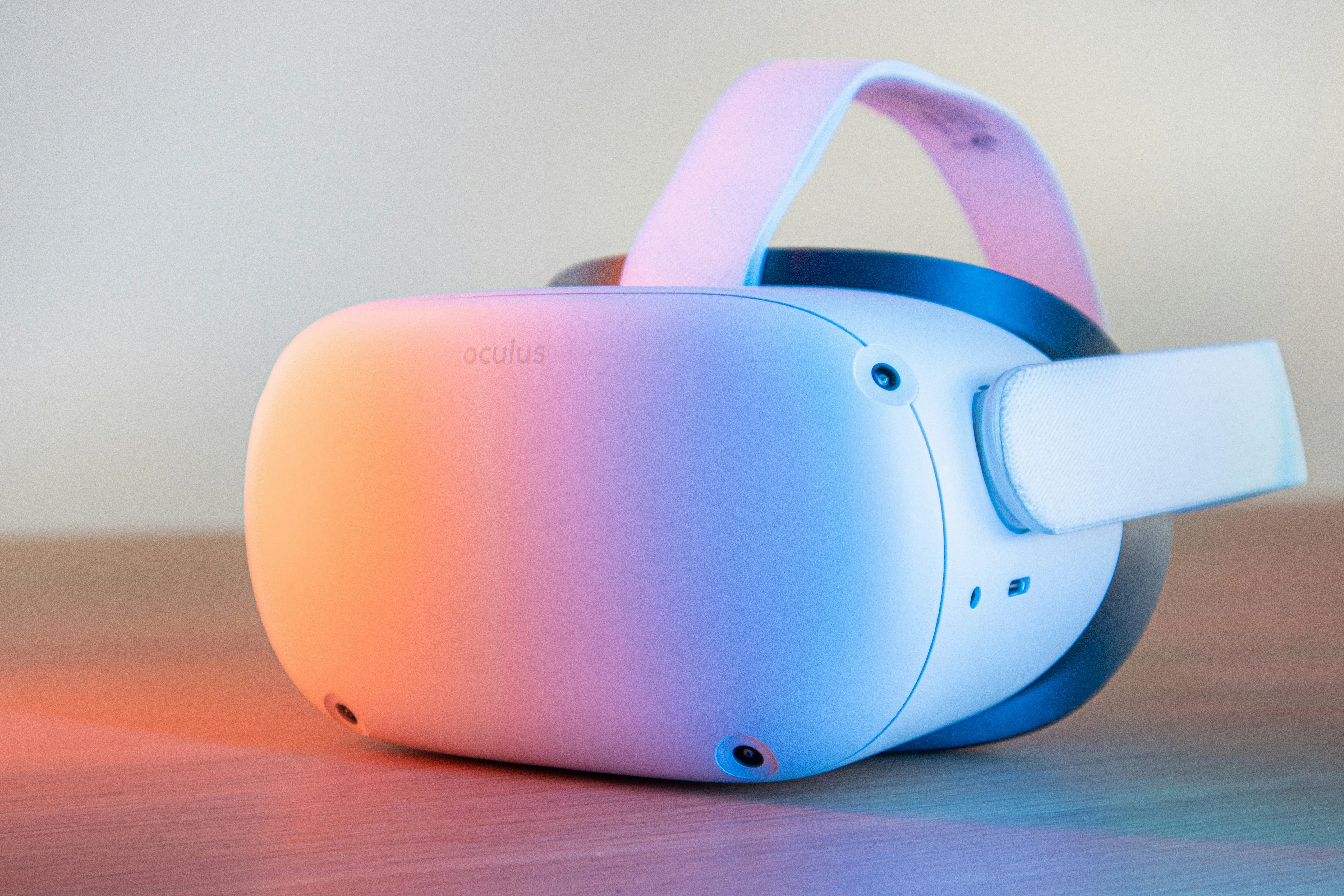How-To Guides about Augmented Reality News


how to
Apple's XR Empire: Inside the Vision Pro Evolution


how to
How to View Art from Your Chromecast in Augmented Reality


how to
How to Film Your Own AR Music Videos with Vidiyo, Lego's TikTok Competitor
Featured On Next Reality:
The Future of Augmented Reality










Featured On Next Reality:
Market Reality










Featured On Next Reality:
HoloLens Development Guides










Featured On Next Reality:
Hands-On
























































































































































